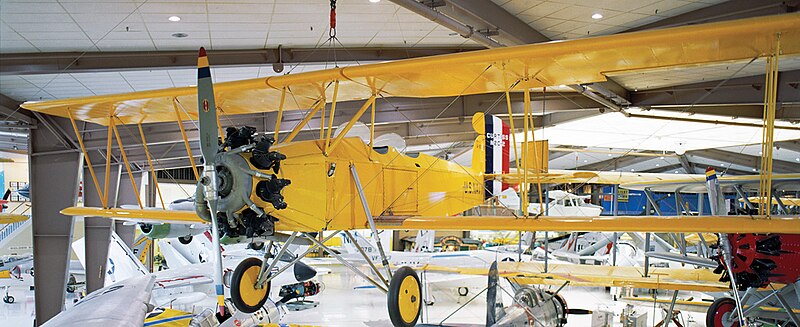Fail:Curtiss N2C-2 Naval Aviation Museum.jpg

Saiz pralihat ini: 800 × 327 piksel. Leraian-leraian lain: 320 × 131 piksel | 1,069 × 437 piksel.
Fail asli (1,069 × 437 piksel, saiz fail: 274 KB, jenis MIME: image/jpeg)
Sejarah fail
Klik pada tarikh/waktu untuk melihat rupa fail tersebut pada waktu itu.
| Tarikh/Waktu | Gambar kenit | Ukuran | Pengguna | Komen | |
|---|---|---|---|---|---|
| semasa | 08:59, 20 Oktober 2009 | 1,069 × 437 (274 KB) | Cobatfor | == {{int:filedesc}} == {{Information |Description=A U.S. Navy Curtiss N2C-2 Fledgling at the National Museum of Naval Aviation in Pensacola, Florida (USA), in 1983. <br>'''Official description:''' "The museum's N2C-2 Fledgling was acquired and restored in |
Penggunaan fail
Laman berikut menggunakan fail ini:
Penggunaan fail sejagat
Fail ini digunakan oleh wiki-wiki lain yang berikut:
- Penggunaan di ar.wikipedia.org
- Penggunaan di en.wikipedia.org
- Penggunaan di es.wikipedia.org
- Penggunaan di fa.wikipedia.org
- Penggunaan di no.wikipedia.org
- Penggunaan di tg.wikipedia.org
- Penggunaan di vi.wikipedia.org
- Penggunaan di www.wikidata.org

